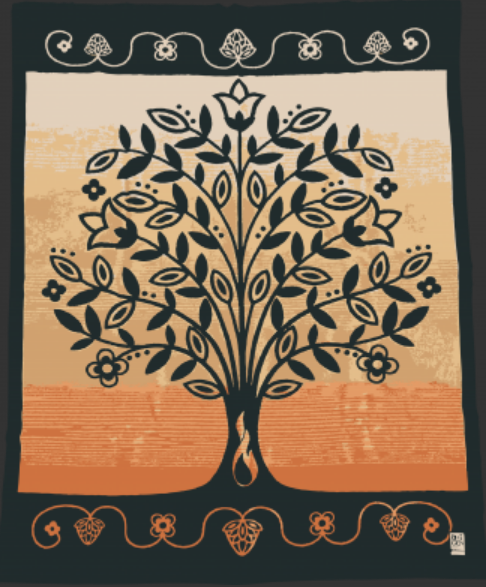
- Details
- By Michael Smith
KALAMAZOO, Mich.—The new student center opening in fall 2022 on the campus of Western Michigan University features spaces intentionally designed to foster a welcoming, inclusive and student-centered space, guided by the work of an Institutional Diversity and Multiculturalism (IDM) committee.
Starting in 2018 and continuing through 2020, the IDM committee worked with diversity consultants from CannonDesign, a Chicago-based architectural firm, to plan the design and layout of the new student center. The IDM committee included representatives from across campus with a focus on students from various affinity groups, such the Black Student Union, Latino Student Alliance, Western Student Association, Graduate Student Association and Disability Student Services. The committee’s process focused on reflecting a student-first approach while still balancing use by the WMU community. Departments and services that will reside in the building continue to adopt the focus of the IDM committee in the planning process.
“WMU students desire a place where they can be themselves and share their culture and lived experiences with others,” says Paul Terzino, Bernhard Center director. “When that happens, positive engagement flows and students become enriched with learning more about the world outside their comfort zone. This is going to be a place that is welcoming, inclusive and supportive of all who enter.”
[NOTE: This article was originally published by WMU News. Used with permission. All rights reserved.]
At the center of the IDM committee's focus was creating a space that centered on student inclusion and engagement. Ideas and discussions that occurred in this collaborative group resulted in new features for the student center, including a Mosaic Affinity Space, which will be a suite of five rooms for cultural and affinity-based programs, meetings, gatherings and events, as well as a "voices wall" that will feature student photos and quotes.
The new student center will also display a gifted tribal blanket given to the University by representatives from the Three Fire Confederacy. The blanket will be located on the first level across from the WMU Bookstore and accompanied by the following Land Acknowledgment Statement:
“We would like to recognize that Western Michigan University is located on lands historically occupied by Ojibwe, Odawa and Bodewadmi nations. Please take a moment to acknowledge and honor this ancestral land of the Three Fires Confederacy, the sacred lands of all indigenous peoples and their continued presence.”
Help us tell the stories that could save Native languages and food traditions
At a critical moment for Indian Country, Native News Online is embarking on our most ambitious reporting project yet: "Cultivating Culture," a three-year investigation into two forces shaping Native community survival—food sovereignty and language revitalization.
The devastating impact of COVID-19 accelerated the loss of Native elders and with them, irreplaceable cultural knowledge. Yet across tribal communities, innovative leaders are fighting back, reclaiming traditional food systems and breathing new life into Native languages. These aren't just cultural preservation efforts—they're powerful pathways to community health, healing, and resilience.
Our dedicated reporting team will spend three years documenting these stories through on-the-ground reporting in 18 tribal communities, producing over 200 in-depth stories, 18 podcast episodes, and multimedia content that amplifies Indigenous voices. We'll show policymakers, funders, and allies how cultural restoration directly impacts physical and mental wellness while celebrating successful models of sovereignty and self-determination.
This isn't corporate media parachuting into Indian Country for a quick story. This is sustained, relationship-based journalism by Native reporters who understand these communities. It's "Warrior Journalism"—fearless reporting that serves the 5.5 million readers who depend on us for news that mainstream media often ignores.
We need your help right now. While we've secured partial funding, we're still $450,000 short of our three-year budget. Our immediate goal is $25,000 this month to keep this critical work moving forward—funding reporter salaries, travel to remote communities, photography, and the deep reporting these stories deserve.
Every dollar directly supports Indigenous journalists telling Indigenous stories. Whether it's $5 or $50, your contribution ensures these vital narratives of resilience, innovation, and hope don't disappear into silence.
 The stakes couldn't be higher. Native languages are being lost at an alarming rate. Food insecurity plagues many tribal communities. But solutions are emerging, and these stories need to be told.
The stakes couldn't be higher. Native languages are being lost at an alarming rate. Food insecurity plagues many tribal communities. But solutions are emerging, and these stories need to be told.
Support independent Native journalism. Fund the stories that matter.
Levi Rickert (Potawatomi), Editor & Publisher
